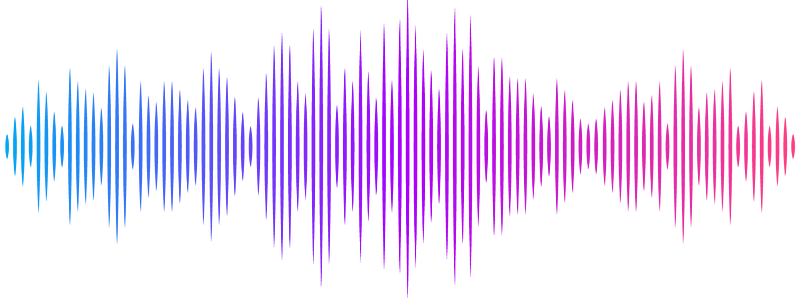In vitro approaches to study centriole and cilium function in early mouse embryogenesis

In vitro approaches to study centriole and cilium function in early mouse embryogenesis
Voelkl, I.; Civetta, T.; Egg, M.; Huber, M.; Feng, S.; Dammermann, A.; Buecker, C.
AbstractAlthough centrioles and primary cilia play essential roles in early mammalian development, their specific functions during the interval between their initial formation and the subsequent arrest of embryogenesis in embryos deficient in centrioles or cilia remain largely unexplored. Here, we show that different 3D in vitro model systems recapitulate early centriole and cilium formation in mouse development. Centrioles and cilia are dispensable in 3D in vitro mouse rosettes, mimicking key events of implantation, including polarization and lumenogenesis. In gastruloids, a model system that recapitulates developmental processes up to E8.5, centriole loss results in early disassembly. In contrast, cells devoid of cilia continue to form elongated, differentiated and polarized gastruloids, with minor differences at 96 h. Finally, we show that in a mutant affecting the centriolar distal appendages, cilia are absent from 2D cultures, but are capable of forming in 3D rosettes and gastruloids, highlighting the importance of multifactorial 3D environment setups in developmental studies.